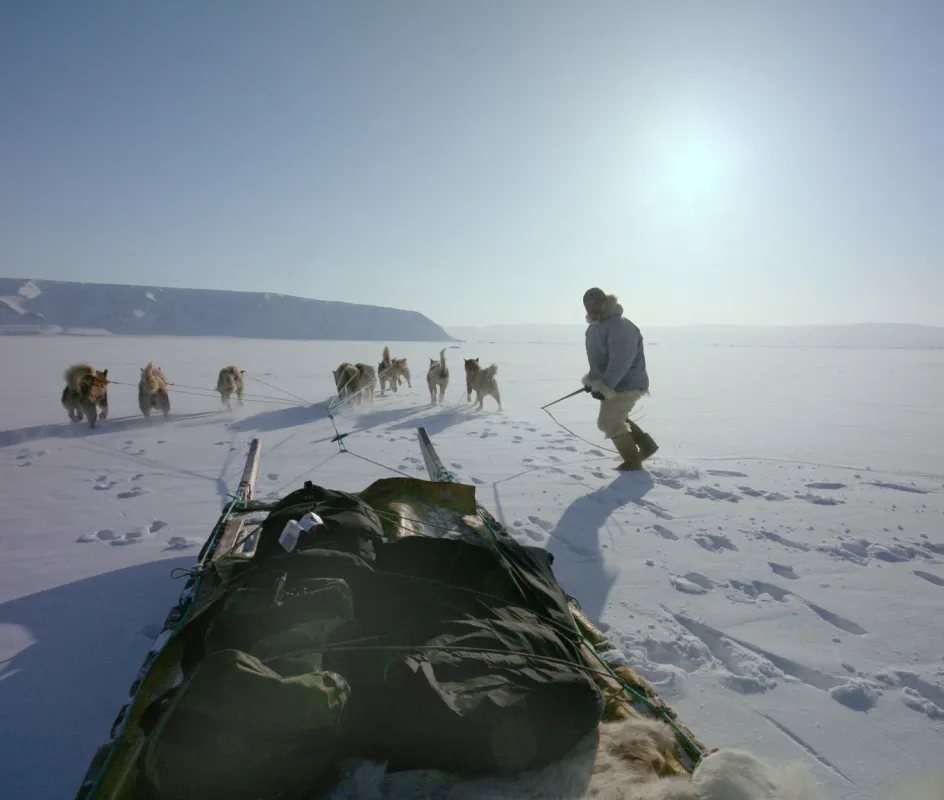By Natasha Vizcarra
When David Bailey, a climate modeler from the National Center for Atmospheric Research (NCAR), needs scientific data, he does one of two things: search for them using Google or write to the researcher who might have them. “I can’t even imagine the days before Google and e-mail,” he said. “You would hope to find some reference to the data in published literature, and that the authors point to where the data are available.” But this is seldom the case. Researchers also try their luck at major scientific conferences where they just might meet other researchers who have the data they need.
Although usually effective, these data search methods can be time consuming. Researchers may go through hundreds of Web sites to find the data they need or run into dead ends when they write to other scientists for data. Lynn Yarmey, a data curator at the National Snow and Ice Data Center (NSIDC), said this is especially true when scientists look for data in another discipline. “They might be talking about the same data but will have different names for it,” she said. For example, what plant ecologists call photosynthesis is gross primary production to climate modelers. “If one community calls it something different than what others call it, then how would they know where to look?” Yarmey said.
Diverse data
Through the Advanced Cooperative Arctic Data and Information Service (ACADIS) project, NSIDC, in collaboration with NCAR, has put together a data search tool that will make data search easier for scientists who study the Arctic. The Arctic Data Explorer crosses disciplines and offers Arctic data on sea ice, biology, permafrost, meteorology, chemistry, demography, marine ecology, anthropology, oceanography, hydrography, biodiversity, and terrestrial ecology.
A search for the term “polar bear” for example, gets results that include biological data like blood, muscle and breath analyses, behavioral data like location and movement, and local traditional knowledge of the animals in relation to changing sea ice conditions. A search for the term “fish” brings up data collected by groups as diverse as Arctic communities, research expeditions, and the oil industry. “There are so many pieces that all need to come together to answer these really big questions about climate change and the Arctic. We have to take a much broader view of science,” Yarmey said.
Minimizing clicks
The Arctic Data Explorer brings diverse data together by storing metadata from top Arctic data centers, including NSIDC, the ACADIS Gateway, the Earth Observing Laboratory/Computing, Data and Software Facility, the National Oceanographic Data Center, and the Norwegian Meteorological institute. “The Arctic Data Explorer searches through the metadata and connects the researcher with the data they are interested in, no matter which organization has that data set,” Yarmey said. “It really reduces the time and clicks that it takes for someone to get to the data.”
NSIDC produced the Arctic Data Explorer as part of its work with ACADIS, which is reaching out to Arctic researchers to add their data to its growing collection. Bailey, who serves on the ACADIS Data Advisory Committee, said “We need to make it easy for observational scientists to put their data in the collection, and to make a search engine that will make end users want to keep coming back. It’s a huge challenge to make it useful at both ends.”
Yarmey dreams that some day the process of contributing and finding data will be efficient and painless. “We can take some of the work out of sharing and finding data by building solid systems, automating metadata collection, and interconnecting data management systems. Then researchers can get the data they need quickly, and get back to doing research,” she said.

